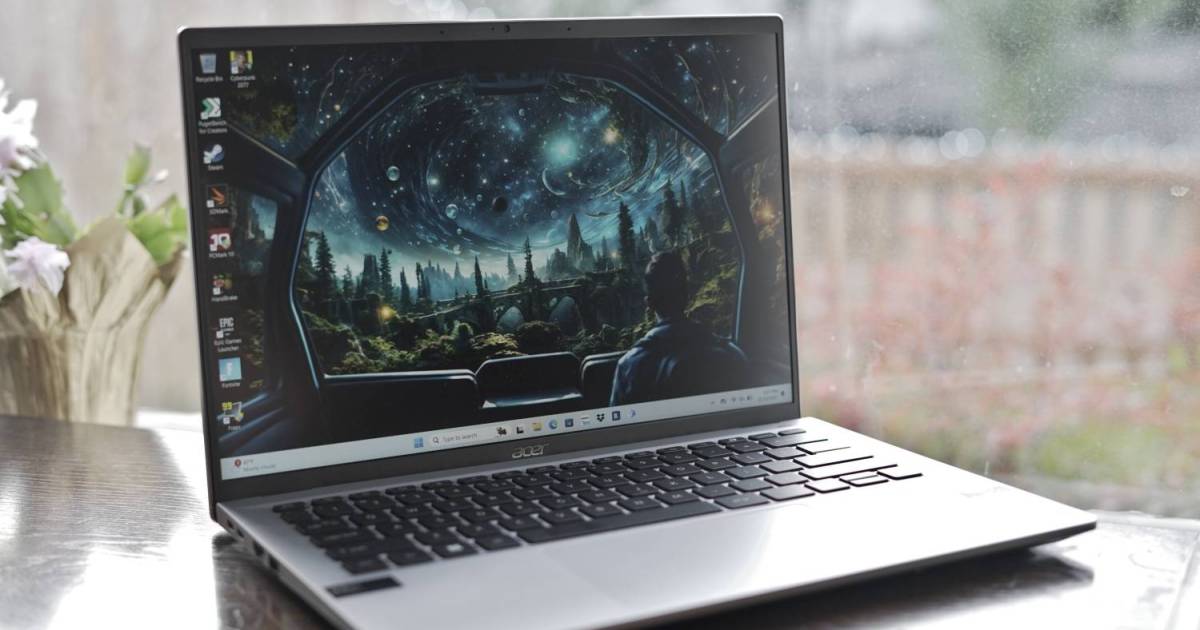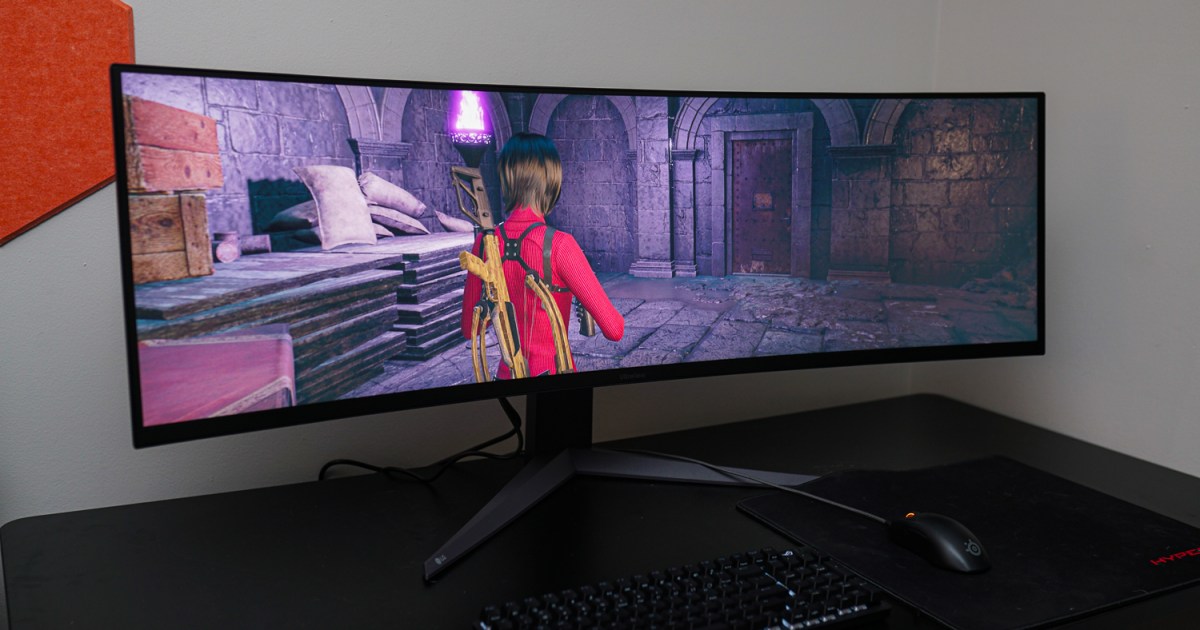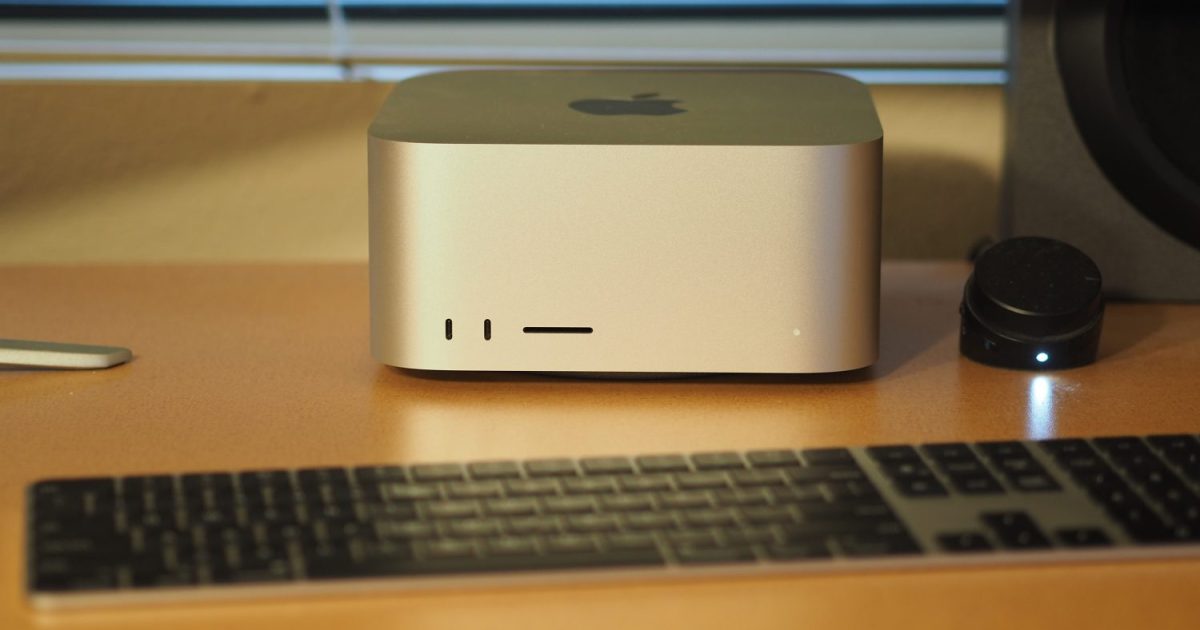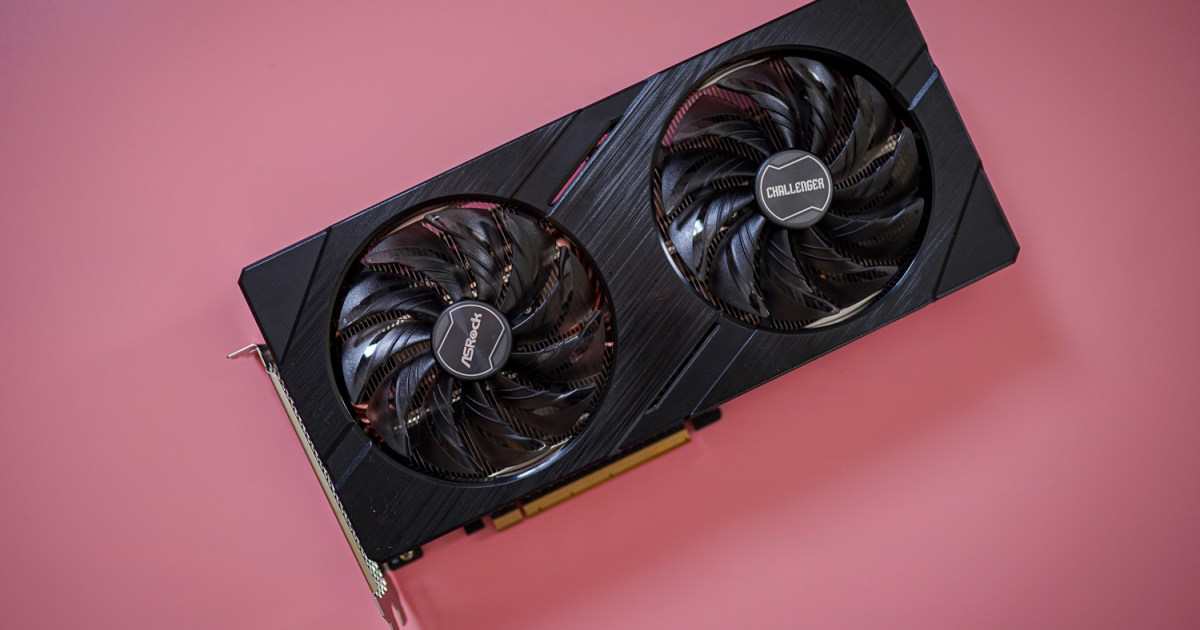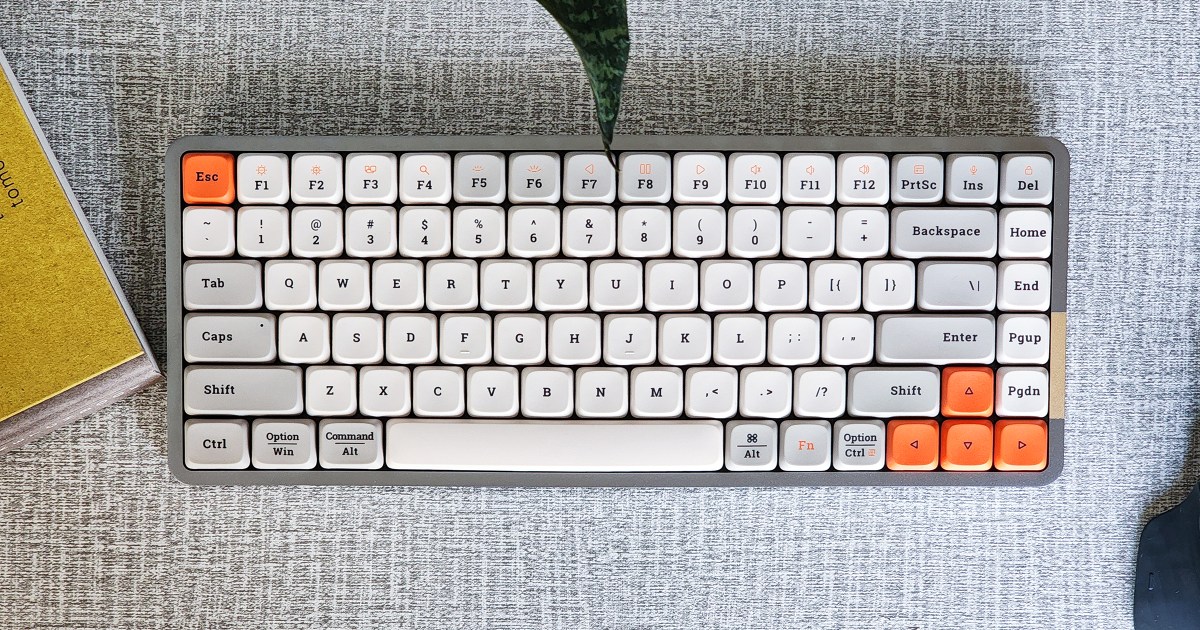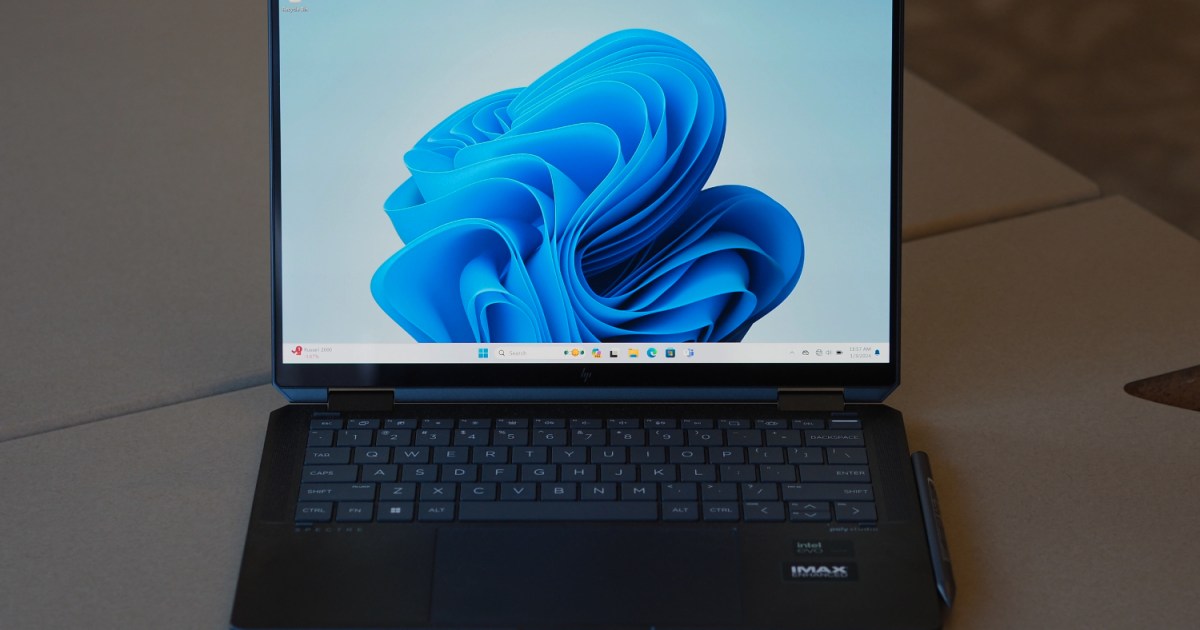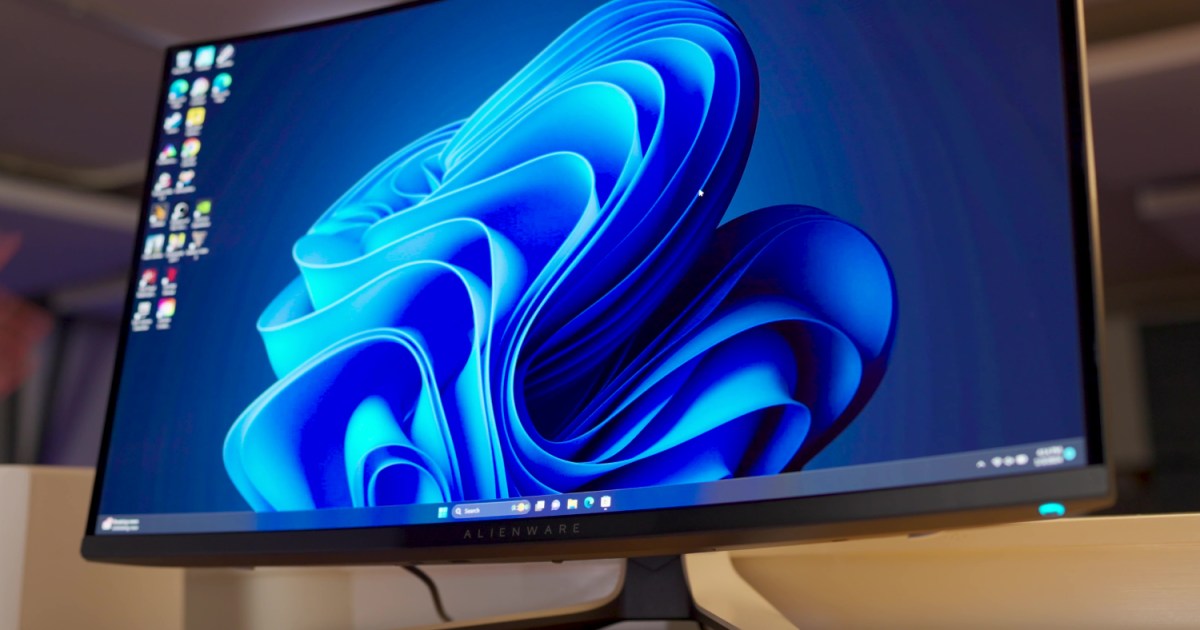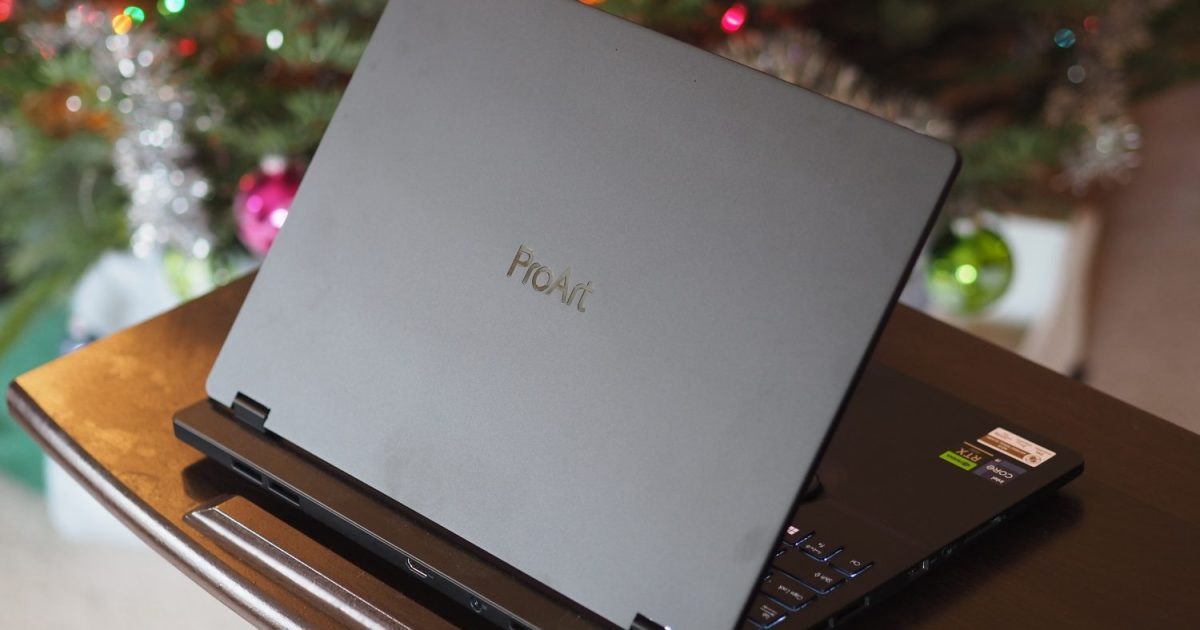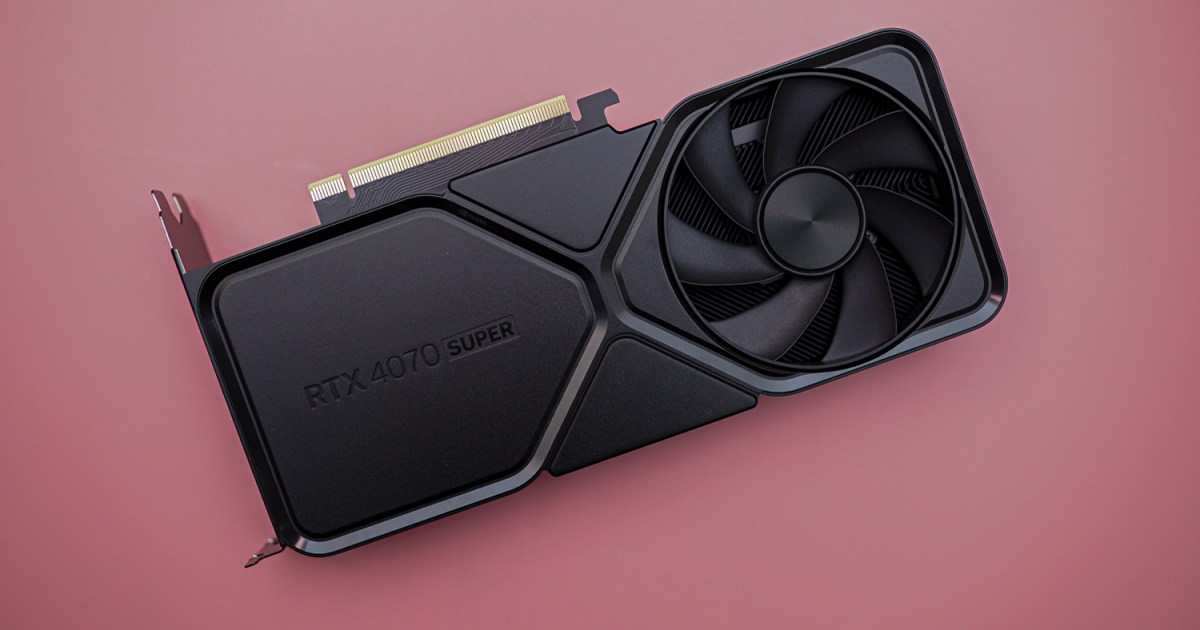Intel’s Meteor Lake chips, branded as Core Ultra, arrive with much fanfare, boasting a new naming scheme, integrated NPU (neural processing unit), and improved integrated graphics. These mobile processors face high stakes in a competitive market, serving as a critical test for the viability of NPUs in mainstream laptops. This article examines the Intel Core Ultra 7 155H’s performance in the Acer Swift Go 14, revealing a mixed bag of impressive graphics advancements and somewhat underwhelming CPU performance.
Generational Performance Comparisons: A Closer Look
The $1,000 Acer Swift Go 14, a relatively standard plastic-clad laptop, serves as the testing ground for the Core Ultra 7 155H. This 28-watt processor, featuring 16 cores (six performance, eight efficiency, and two low-power efficiency) and 22 threads, deviates from the traditional “H” designation, which previously signified a 45-watt TDP. This distinction is crucial when comparing it to the previous generation Swift Go 14, which offered both 28-watt (Core i7-1360P) and 45-watt (Core i7-13700H) options.
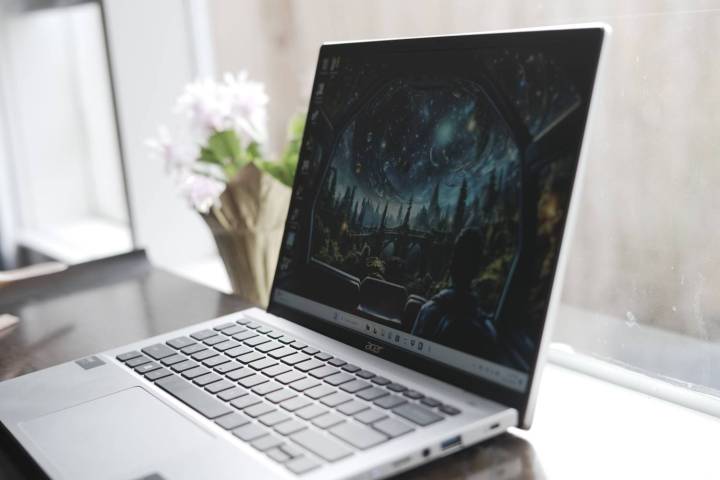 The Acer Swift Go 14 on a desk by a window.
The Acer Swift Go 14 on a desk by a window.
Benchmark results reveal a complex picture. While the Core Ultra 7 155H lags behind the 45-watt Core i7-13700H in Geekbench 5 and Cinebench R23 single and multi-core tests, it demonstrates a 10% improvement in the more application-focused PCMark 10.
| Geekbench 5 single/multi | Cinebench R23 single/multi | PCMark 10 | |
|---|---|---|---|
| Acer Swift Go 14 (Core Ultra 7 155H) | 1533 / 9015 | 1762 / 10773 | 6665 |
| Acer Swift Go 14 (Core i7-1300H) | 1866 / 11061 | 1863 / 12497 | 5996 |
| Lenovo Yoga 9i Gen 8 (Core i7-1360P) | 1843 / 8814 | 1846 / 8779 | 6102 |
| HP Pavilion Plus (Ryzen 7 7840U) | 1819 / 9655 | 1721 / 12234 | 6804 |
A more equitable comparison against the 28-watt Core i7-1360P in the Lenovo Yoga 9i Gen 8 reveals a mixed performance outcome, with the Core Ultra 7 155H showing a multi-core advantage but falling short in single-core performance. Furthermore, AMD’s Ryzen 7 7840U in the HP Pavilion Plus outperforms the Core Ultra 7 155H across all benchmarks, posing a challenge for Intel.
It’s important to acknowledge the complexities of comparing mobile processors across different laptop models, as thermal and power management can significantly impact performance. The availability of a slightly faster Core Ultra 7 165H in other laptops further complicates the evaluation. Ultimately, the Core Ultra 7 chips don’t deliver a substantial leap in CPU performance, contrary to expectations.
Intel Arc Graphics: A Significant Step Forward
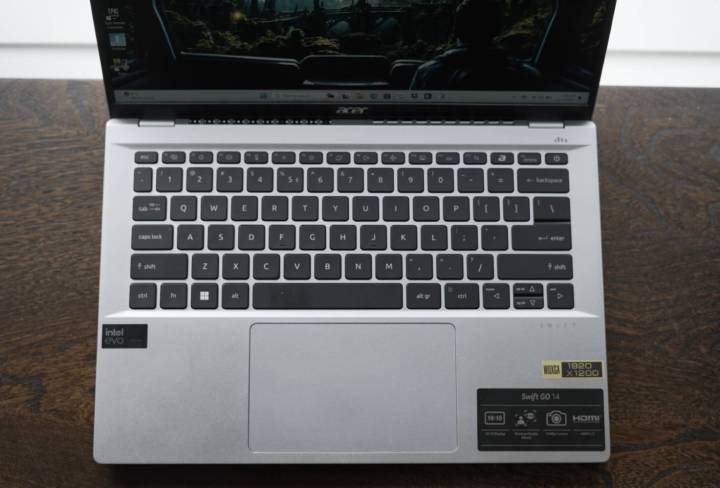 The keyboard of the Acer Swift Go 14 on a wooden table.
The keyboard of the Acer Swift Go 14 on a wooden table.
The highlight of Meteor Lake is undoubtedly the integrated Intel Arc graphics. The performance gains are remarkable, showcasing more than double the performance of previous Intel integrated GPUs. In 3DMark Time Spy and Fire Strike, the Core Ultra 7 155H significantly outperforms both AMD’s Radeon 780M in the Ryzen 7 7840U and the integrated graphics in the Core i7-13700H and Core i7-1360P.
| 3DMark Time Spy | 3DMark Fire Strike | |
|---|---|---|
| Acer Swift Go 14 (Core Ultra 7 155H) | 3611 | 7794 |
| Acer Swift Go 14 (Core i7-1300H) | 2018 | 5546 |
| Lenovo Yoga 9i Gen 8 (Core i7-1360P) | 1504 | 4150 |
| HP Pavilion Plus (Ryzen 7 7840U) | 2562 | 6209 |
Gaming tests further demonstrate the Arc graphics’ capabilities. Playing Fortnite at low settings and native resolution yielded playable frame rates, signaling a potential shift away from entry-level discrete GPUs for casual gaming. However, demanding titles like Cyberpunk 2077 remain beyond the reach of these integrated graphics, even with lowered settings and upscaling enabled.
The NPU: Potential Yet to Be Realized
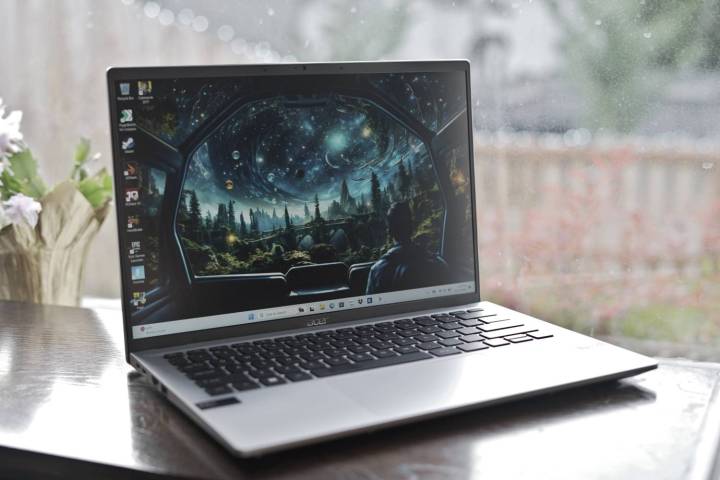 The Acer Swift Go 14 on a table in front of a window.
The Acer Swift Go 14 on a table in front of a window.
Intel emphasizes the integrated NPU as a key feature of Meteor Lake, promising benefits for AI-driven tasks like image denoising and AI image generation. While the NPU does offer improvements in specific scenarios, its real-world impact for average users remains limited. Users heavily invested in local AI processing likely benefit more from dedicated GPUs in higher-performance laptops.
Conclusion: A Stepping Stone to the Future?
The Core Ultra 7 processors represent a somewhat underwhelming start to Intel’s new era. While the integrated graphics offer a significant leap forward, the CPU performance fails to impress. In a competitive landscape with challenges from AMD, Apple, and Qualcomm, the Core Ultra 7 falls short of the transformative change Intel needed. Perhaps future iterations will fully realize the potential of the Meteor Lake platform.



